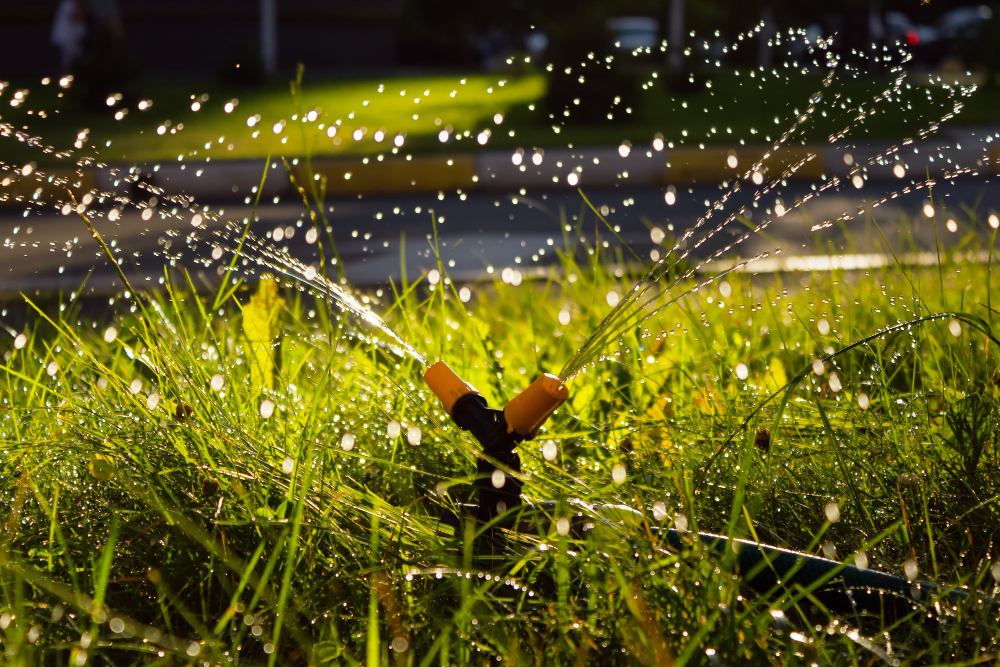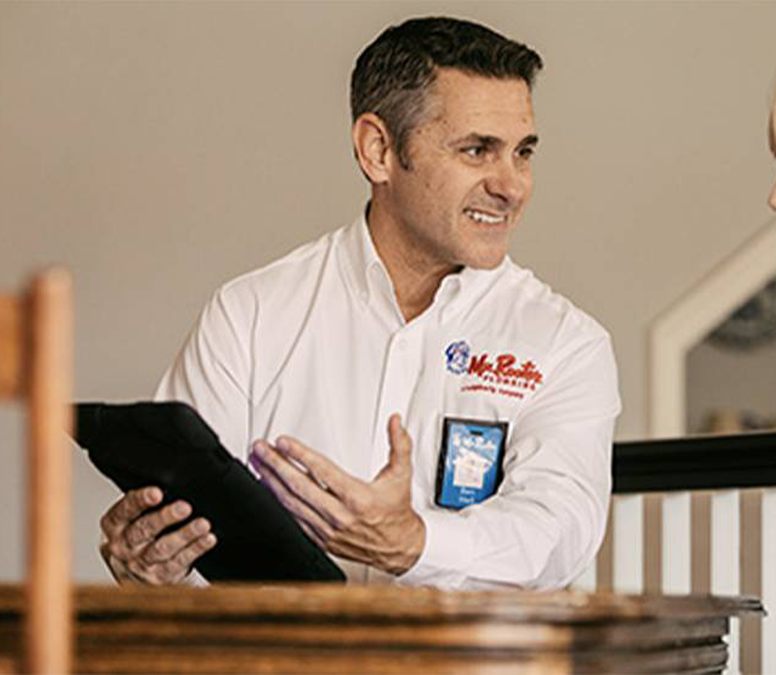Call This Thursday to Get $50 Off Any service over $500
Do You Need a Local Plumber in Waco, TX?
Call us Now to Get $35 OFF.
Call This Thursday to Get $50 Off Any service over $500
Do You Need a Local Plumber in Waco, TX?
Call us Now to Get $35 OFF.

With winter around the corner, even residents in areas like Texas should start to consider winterizing their homes. One essential aspect of this is addressing the sprinkler system. In this brief article brought to you by Mr. Rooter Plumbing, we guide you through the essential steps to winterize your sprinkler system. We’ll also share proactive measures to protect this crucial component of your home.
If you’re dealing with frozen or burst pipes, then make sure to hire a uniformed plumber as soon as possible. Mr. Rooter Plumbing is proud to offer a wide range of plumbing service in the Waco, TX area. Call Mr. Rooter at any time of the day to speak with a member of our team.
Winter brings freezing temperatures, which can wreak havoc on an inadequately prepared sprinkler system. When water in the system freezes, it expands, leading to the formation of ice that can damage pipes, valves, and other components. The consequences of this damage are not only inconvenient but can also result in expensive repairs.

There’s a lot that goes into winterizing your plumbing system, including the sprinkler system, but we won’t get into the nitty-gritty here. Let’s get started with a basic 6-step guide to quickly lay some defenses for your sprinkler system this winter.
If you’re wondering about the sixth step: it’s a plug. If your sprinkler system is intricate or if you are unsure about certain aspects of winterization, consider consulting a professional. The plumbers at Mr. Rooter Plumbing have the experience and expertise to help with everything from winterizing sprinkler systems to installing them. Call Mr. Rooter Plumbing to speak with a member of our team today.
The DIY culture, especially when it comes to plumbing installations, has done a number on…
Water bills have been rising at twice the rate of inflation, and there are many…
If your showerhead has started leaking, the water pressure keeps fluctuating, or the diverter valve…